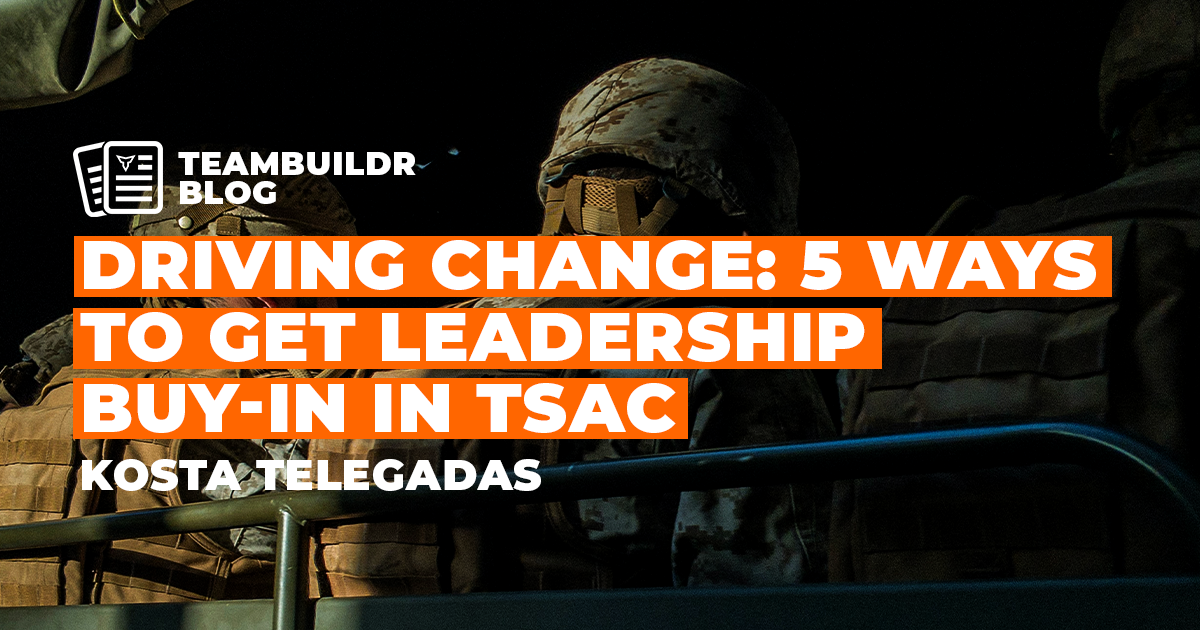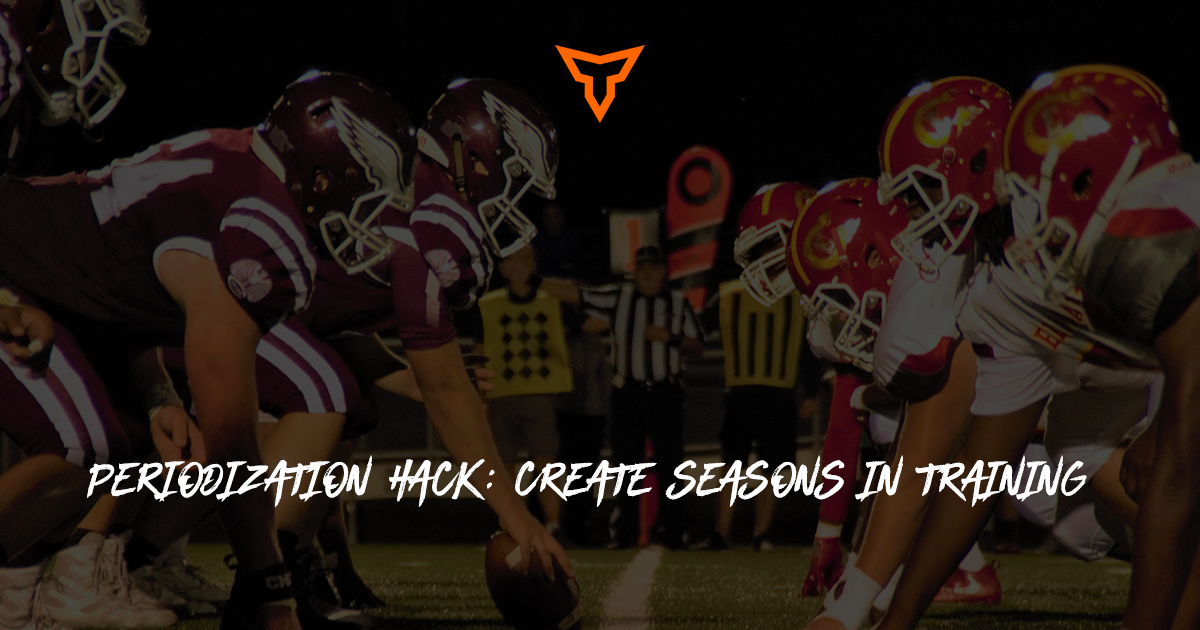Beyond Burpees: Tactical Fitness Training Strategies
Forget the gym mirrors and trendy workout fads. For military personnel, first responders, and firefighters, physical fitness isn't about sculpted abs or hitting a certain number on the scale. It's about forging functional strength, unwavering resilience, and mental fortitude that translates directly to saving lives and protecting communities. In simpler terms, it's about being prepared for the unpredictable chaos that defines their professions.
This isn't your average fitness journey. We're talking about training for the real world, where the gym floor is replaced by rugged terrain, the dumbbells by life-saving equipment, and the air thick with smoke or adrenaline. It's about exercises that mimic the demands they face daily:
- Carrying a fallen comrade uphill translates to weighted lunges and stair sprints.
- Dragging a fire hose through debris becomes rope pulls and farmer's carries.
- Scaling a building to reach a trapped civilian finds its echo in pull-ups and box jumps.
But it's not just about replicating movements. It's about pushing past perceived limits and building the endurance to keep going when the clock is ticking and lives are on the line. This means training in the elements, be it the scorching desert sun or the bone-chilling blizzard. It's about embracing discomfort and learning to thrive in the face of fatigue and pressure.
As THE Coach for most of Langley Air Force Base's warfighters, I focus a majority of my programming on work capacity and building up the warfighter's aerobic and anaerobic endurance, increasing their capacity to do an amount of work over a period of time, and continually progressing these men and women past barriers they have fought to get past for years.
The hardest aspect to explain when talking to coaches who have little to no experience with the tactical profession is the fact that we do not have a “season”, and a lot of our “games” require exacting attention to detail. I try to have athletes who come to me for training to be able to perform at the drop of a dime whether it be after an intense deadlift session or on a rest day. I expect them to be able to perform at the behest of their country without question and hesitation.
I demand a lot from the military athletes I work with and alongside because I want them to succeed on and off their “field”. I want them to improve as parents, improve as brothers, sisters, sons or daughters, friends, and human beings. I want to instill discipline and work ethic through hard physical training, and I would argue the following is my most important task as a coach: when you go downrange, I want you to have every tool at your disposal to come home safe.
Let me quickly elaborate on work capacity and its importance in Tactical Strength & Conditioning. While seemingly straightforward, it's a multifaceted concept encompassing various aspects of physical fitness.
- Cardiovascular Endurance: This forms the foundation, ensuring your body can efficiently deliver oxygen to working muscles during sustained activity.
- Muscular Endurance: The ability of your muscles to resist fatigue and maintain force output under a prolonged workload.
- Anaerobic Capacity: The ability to perform high-intensity activities, even when the oxygen supply falls short, crucial for short bursts of exertion.
- Recovery: The efficiency with which your body replenishes energy stores and clears fatigue products, allowing you to perform multiple bouts of activity.
- Mental Toughness: The psychological fortitude to push through discomfort and maintain focus under pressure, a crucial element for sustained effort.
Think of your body as a car. Work capacity is its engine comprised of various components working in unison. A powerful engine makes navigating diverse terrains (operational demands) effortless, while a weak one struggles, potentially jeopardizing safety and performance.
The Significance of Work Capacity:
The importance of work capacity in tactical professions cannot be overstated. Here's why:
- Operational Demands: Tactical jobs involve unpredictable situations ranging from foot chases and dynamic combat scenarios to arduous rescues and prolonged physical exertion in harsh environments. Work capacity ensures you can maintain performance throughout, mitigating fatigue and enhancing response capabilities.
- Injury Prevention: Adequate work capacity reduces the risk of injuries during rigorous training and operational scenarios. Fatigue often leads to compromised form and decision-making, increasing susceptibility to musculoskeletal problems.
- Mental Fortitude: Work capacity training fosters mental toughness. By pushing your physical limits in a controlled environment, you develop the resilience to handle fatigue and discomfort, translating into better decision-making and stress management under pressure.
- Improved Recovery: With a well-developed engine, recovering from demanding situations becomes more efficient. This allows for a faster return to peak performance, crucial for maintaining operational readiness.
Building the Engine:
Developing work capacity requires a multi-pronged approach:
- Cardiovascular Base Building: This forms the foundation. Engage in activities like running, swimming, or cycling at moderate intensity for extended periods.
- High-Intensity Interval Training (HIIT): Short bursts of intense exercise followed by brief recovery periods, replicating the demands of tactical scenarios. Examples include sprints, box jumps, or burpees.
- Strength Training: Building strength improves efficiency and endurance, allowing you to carry loads and exert force for longer durations. This is also an often overlooked aspect of injury prevention often modeling soft tissue to meet the demands of the job(s).
- Anaerobic Capacity Training: Activities like sprinting, hill repeats, and weightlifting with heavier weights develop the ability to perform high-intensity efforts even when oxygen availability is limited.
- Circuit Training: Combining exercises that target different muscle groups and cardiovascular systems in rapid succession helps build overall work capacity and mimics the diverse demands of operational settings.
Beyond the Gym:
Outside the gym, several factors influence work capacity:
- Nutrition: Adequate protein and carbohydrate intake fuels your body and supports recovery. Hydration is equally crucial for optimal performance.
- Sleep: Prioritize quality sleep for optimal recovery and hormonal balance.
- Stress Management: Chronic stress can hinder performance and recovery. Implement stress management techniques like meditation or yoga to maintain optimal physical and mental readiness.
Conclusion:
Work capacity is not just a fitness attribute; it's a lifeline for individuals in the tactical profession. By understanding its components and implementing a comprehensive training approach, you can build the engine that drives your performance, ensures preparedness, and enables you to operate at your peak when it matters most. Remember, your body is your most valuable tool, and investing in its work capacity translates into enhanced performance, increased resilience, and ultimately, a safer work environment for yourself and your team.
Subscribe to our blog
Subscribe to receive the latest blog posts to your inbox every week.
Related posts

Things I Wish I Knew Before Going TSAC: Part 3

5 Ways to Get Leadership Buy-In for TSAC Programs


